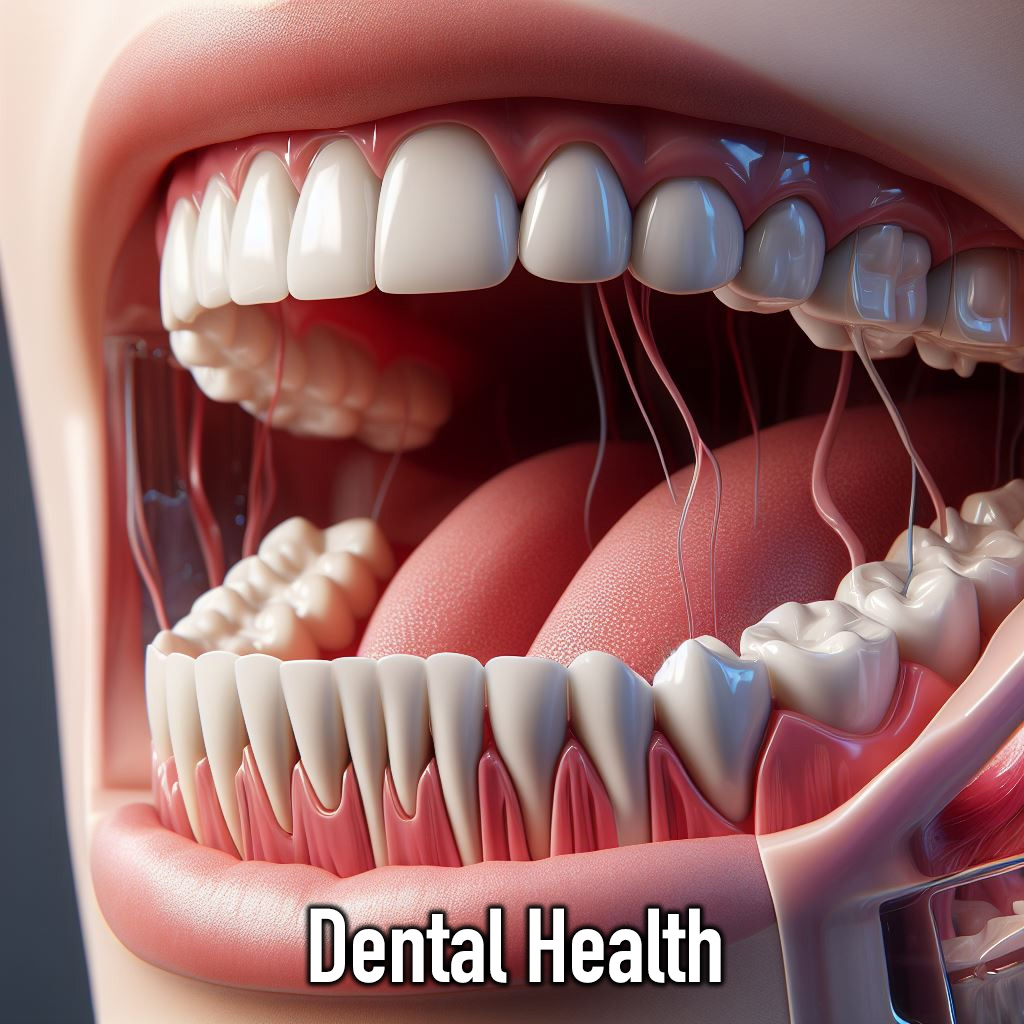IRIBEYOND presents METADENT

The first diagnosis we’re going to be covering is caries. There are different ways of diagnosing caries but the main ones that you’re going to use are visual, tactile and radiographic. As the caries progresses, they become roughened, chalky and microcavitated and now you can detect them by running probe along the surface. There are no symptoms at this stage and if the plaque is removed, the lesion can arrest and become a brown spot lesion with a hard shiny surface.
METADENT is offering an innovative fast method for detecting CARIES
This innovation is related to a composition for a dental caries diagnostic test. This composition is made from specified reagent compounds that can be used to quickly and clearly assess dental caries by tracking changes in color within 60 minutes.

The dental caries test can be performed in order to determine whether the disease will develop in the future.
Factors that contribute to the dental caries development are taken into consideration. Microorganisms that produce acids will mostly be responsible for causing dental caries.

METADENT is offering an innovative fast method for evaluating PERIODONTITIS
It is the result of infections and inflammation of the gums and bones that surround and support the teeth.
In the initial stage it is called gingivitis. The gums become red and swollen.
In the next stage the gums pull away from the tooth, in some cases resulting in teeth falling out.
OUR INVENTION
The current invention relates to a technique for assessing a person’s oral health; particularly the early identification of periodontitis.
Knowing the state of the oral cavity, including the risk for oral disease and the state of oral hygiene, is essential for the prevention or treatment of numerous oral diseases.
Periodontal disease, or how likely it is that periodontal disease and similar conditions would damage the oral cavity, can be used to describe the risk for oral disease.

PURPOSE OF OUR INVENTION
There are various symptoms associated with periodontal disease. Our team’s approach enables the dentist to spot periodontal disease even in its earliest stages.
The test will use a series of four single vials of mono reagents, each of which is specific for a certain biomarker, that increases with the appearance of the periodontal disease.
As a result, the current discovery has the potential to offer a method for assessing the state of the oral cavity and foretelling periodontal disease.
